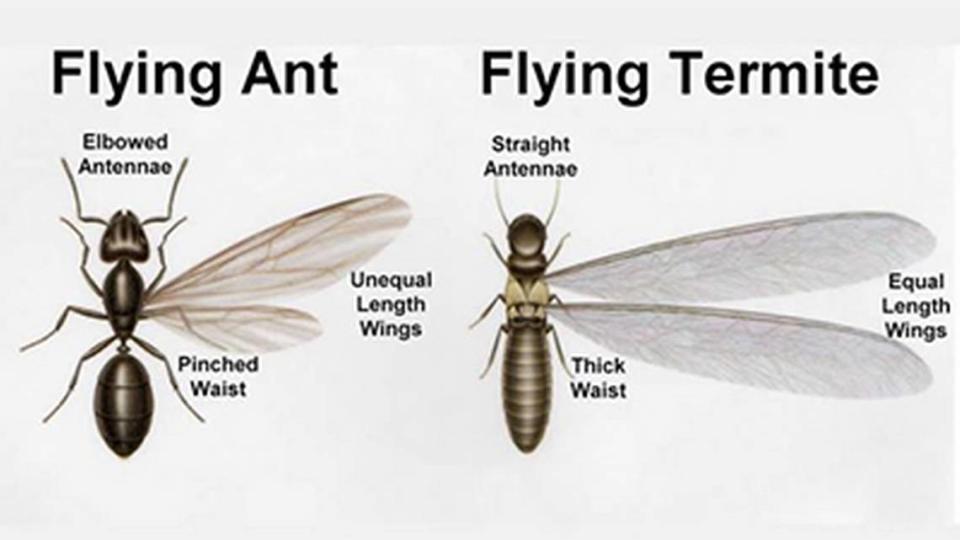Flying ants or termites may be invading your KY home. Here’s how to tell the difference
For Zach DeVries, an assistant professor of Urban Entomology at the University of Kentucky who works with its Cooperative Extension Service, this is the time of year he gets the most calls about termites.
“We get these panic calls,” he told the Herald-Leader Thursday, adding callers will report finding “hundreds if not more” of the winged, reproductive termites in or around their homes during the spring and summer.
Termite colonies take years to establish and finding one indoors almost always indicates there’s an infestation that needs treatment.
However, according to DeVries, the discovery doesn’t have to send you into a panic. You have time to take a week or two and make some calls to get quotes, but you do want to take action if you’re certain you have an infestation on your property.
Here are some general tips and things to keep in mind to help you investigate the problem around your home and vet pest control companies offering treatment.
How to tell if termites are active in your home
It can be difficult for everyday people to distinguish between flying ants and termites, and you’ll likely need to get an inspection from a professional to confirm infestations.
But there are steps you can take to learn what you can about the issue, which could be helpful for targeting the treatment.
1. How to spot the difference between a flying ant and termite
The differences can be subtle and difficult to spot, but there are a few tips for distinguishing between the two:
Flying termites are shaped more like sausages and have wings of equal length. Their antennae are straight.
Flying ants have pinched waists and wings of unequal length. Their antennae are bent or elbowed in appearance.

2. What to look for in and around your home
If you’re sure you spotted a termite, take a look around your home for the following:
Mud tubes: According to DeVries, termites dry out easily if they’re exposed to the elements. When they’re venturing out from their central colony, looking to establish a new settlement, termites will construct tunnels or galleries to bridge the gap. If you find these around the foundation of your home, you’ll know there’s at least been some termite activity at some point. Try damaging the tube to look for active termites. If you don’t find any, check back again in a week or so to see if it’s been repaired. If it has, you’ll know something’s going on.
Check wood where you can: Obviously, all the wood in your home won’t be accessible to you, but check what you can. See if you can find any telltale termite wood damage, and knock on wooden surfaces you find. If the wood itself emits a hollow sound, that can be sign termites have hollowed it out from the inside.
Swarming termites: Looking for termite swarms or signs of they’ve been around, such as littered wings. That can be a sign that a colony is nearby.
3. Call for backup
If you have a termite problem, it’s not something you can solve on your own with home remedies, like with some other pests. It’s best to call around and get quotes for treatment options.
According to DeVries, a pest control company might use poisoned baits, or wrap your home in a termiticide barrier. Ask a lot of questions, but be sure you get some kind of guarantee for consistent, follow-up treatments to make sure you’re getting at the source of the termite issue, not just taking bites out of it.
- Do you have a question about life in Kentucky for our Service Journalism team? Send us an email at ask@herald-leader.com, or submit your question via the form below.


